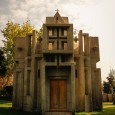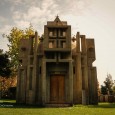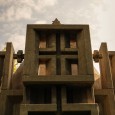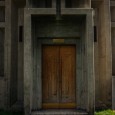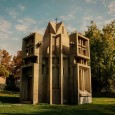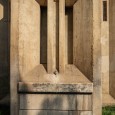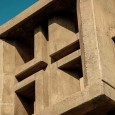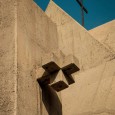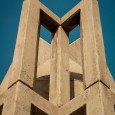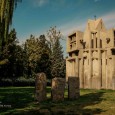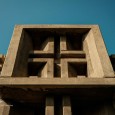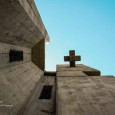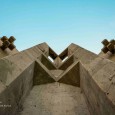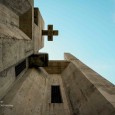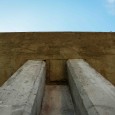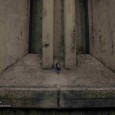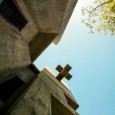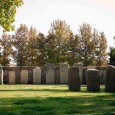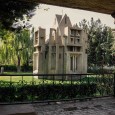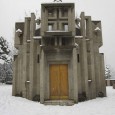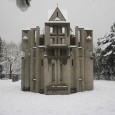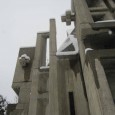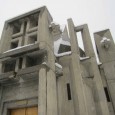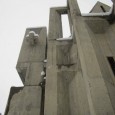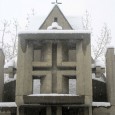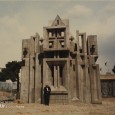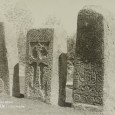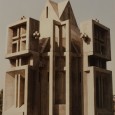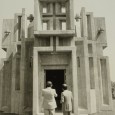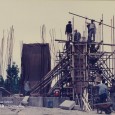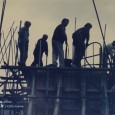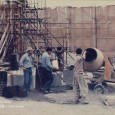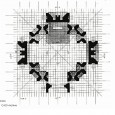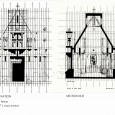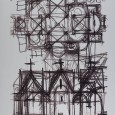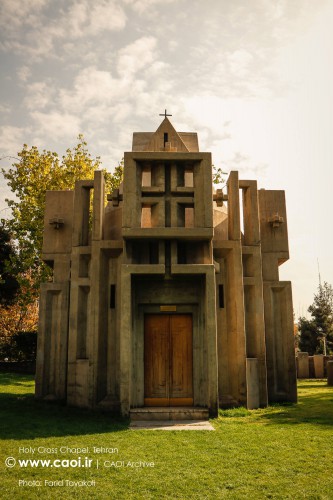Description
Voskanian’s Holy Cross Chapel on the southeastern corner of the complex was an addition after the Iranian Revolution of 1979, which certainly encapsulates, not only Voskanian’s artistic brilliance, but also his lifelong commitment to both the people but also to history and modernity. Although initially the complex was designed and used as a secular space, Ararat’s governing committee judged it best in the early 1980s to erect an Armenian Apostolic chapel on the grounds so as to disable the state confiscation of the stadium.
He proposed a reinterpretation in poured concrete of the best examples of medieval Armenian churches, transformed into an interwoven system of supports, openings, and suspensions. While remaining true to the symmetric and central floor plan of medieval domed churches, such as Saint Hripsimeh, Voskanian carved out a form that boldly incarnates the elevation and section of traditional churches into an allegorical representation of the Christian cross. An architecture of sculpture or a sculpted architecture?
Voskanian avant-garde design was progressive and revolutionary. Finding the proposal, as it were, “too modern and unorthodox,” the Armenian prelate instead asked for the imitation of a 19th century church in Antilias, Lebanon. “Your holiness,” Voskanian had said, “I am either building this or nothing at all.”
A man of principles, of integrity. A man of the people. He tirelessly supervised the complex construction of the chapel as he had done the stadium itself in the following two years. Two years, despite shortage of material, unexpected inspections, and construction difficulties, Voskanian spend his days next to his workers. On the site; with his men. In September 1987, the Holy Cross was ordained.
Farsi
Farsi text of the information translated by CAOI | Contemporary Architecture of Iran
Please click on the Link below to read the information in Farsi Language.
Click Here!
